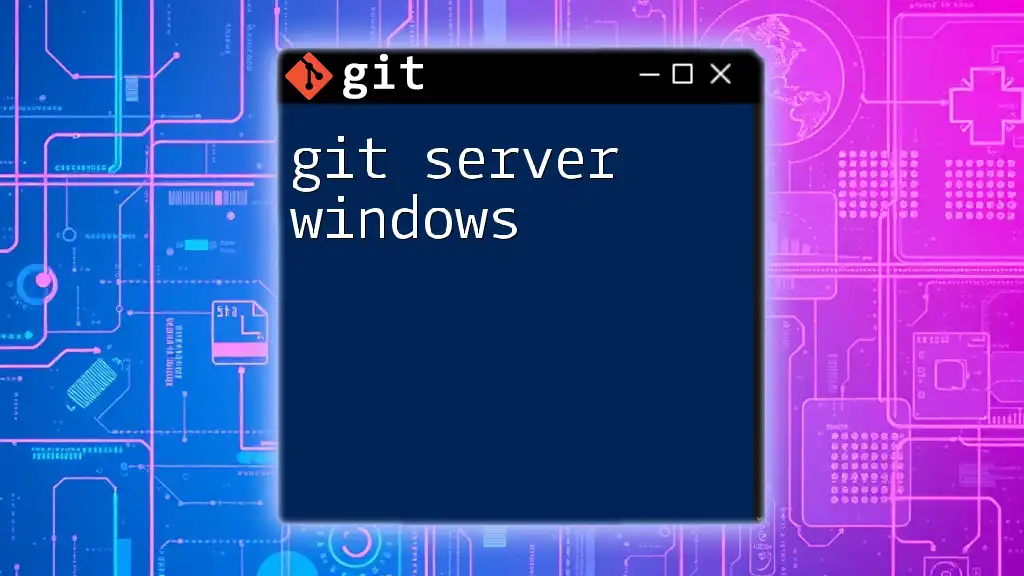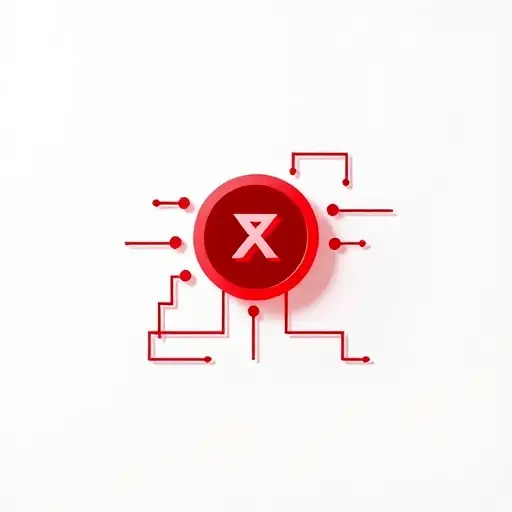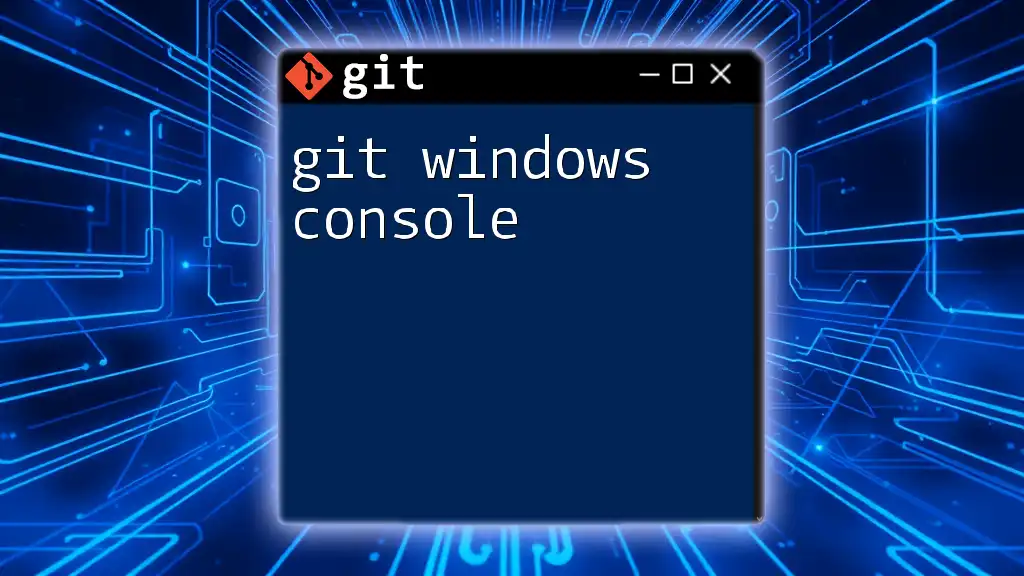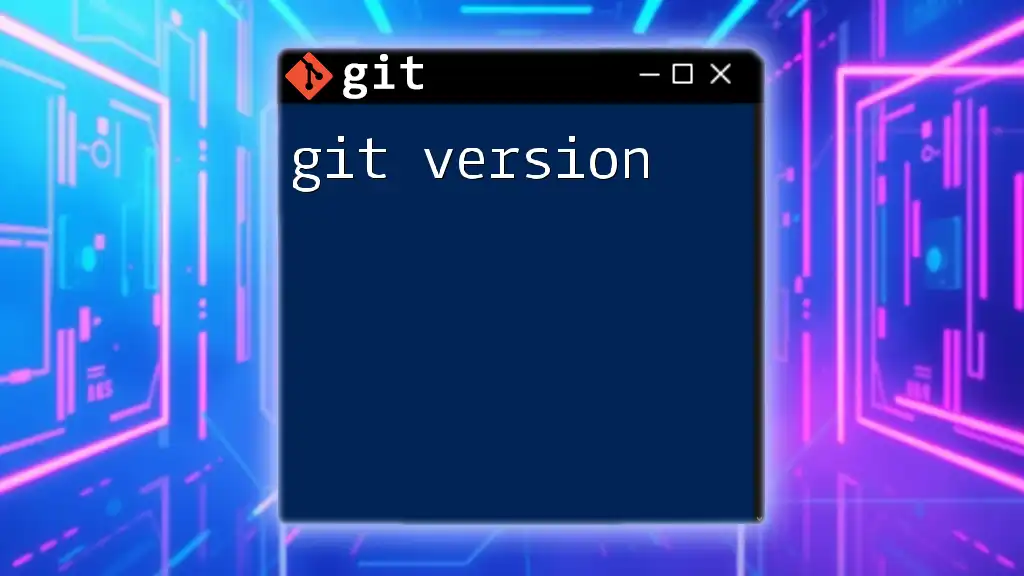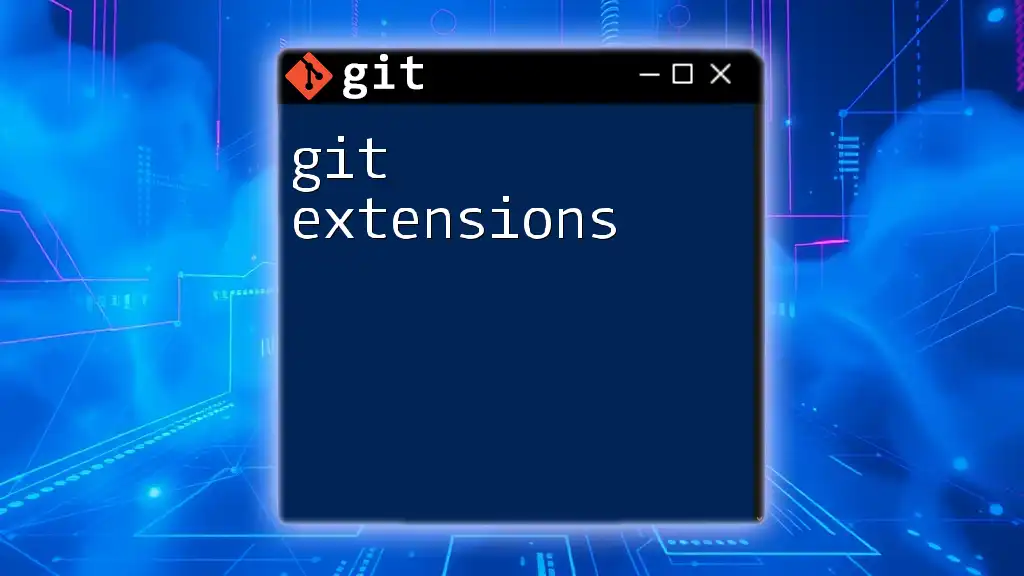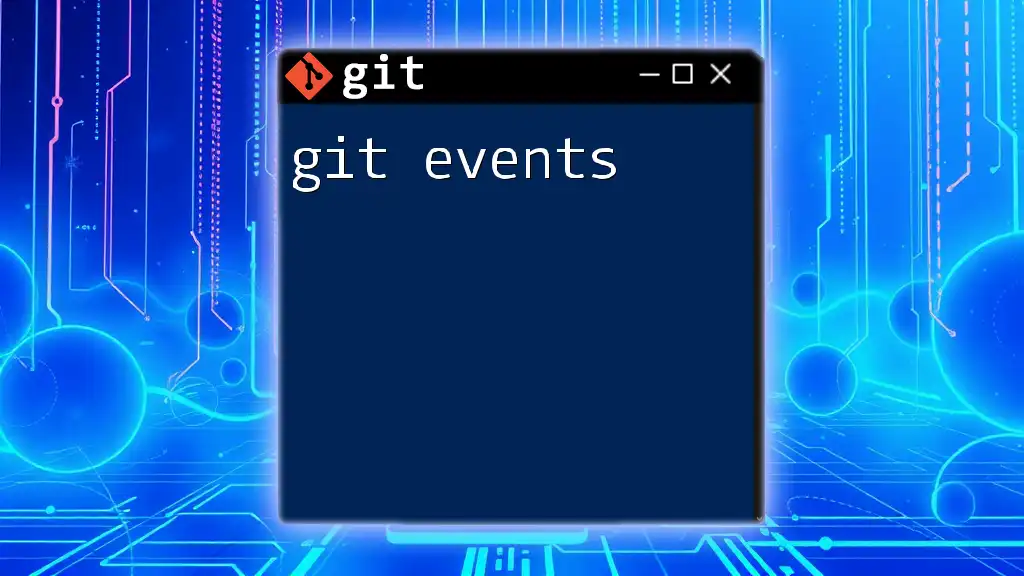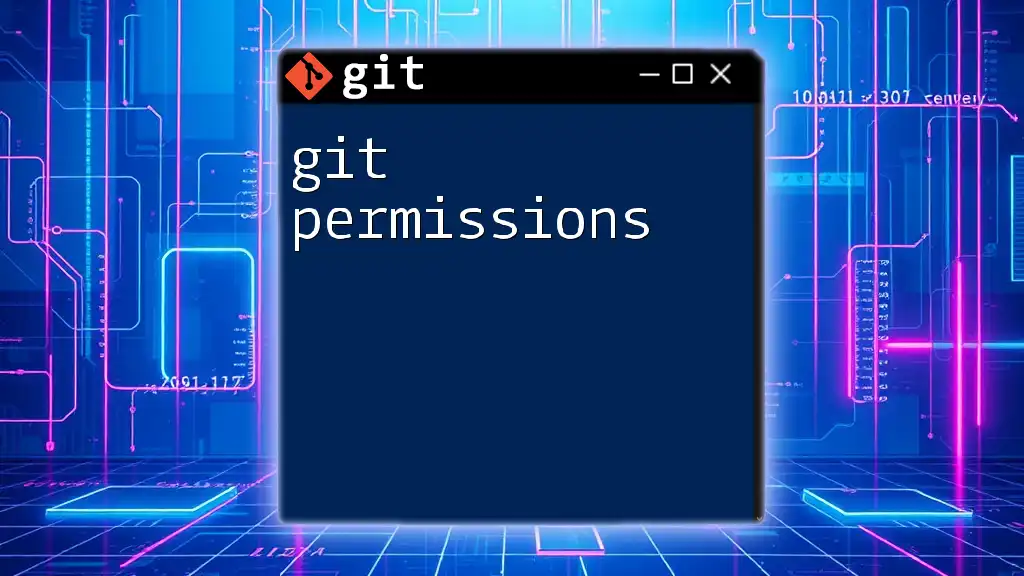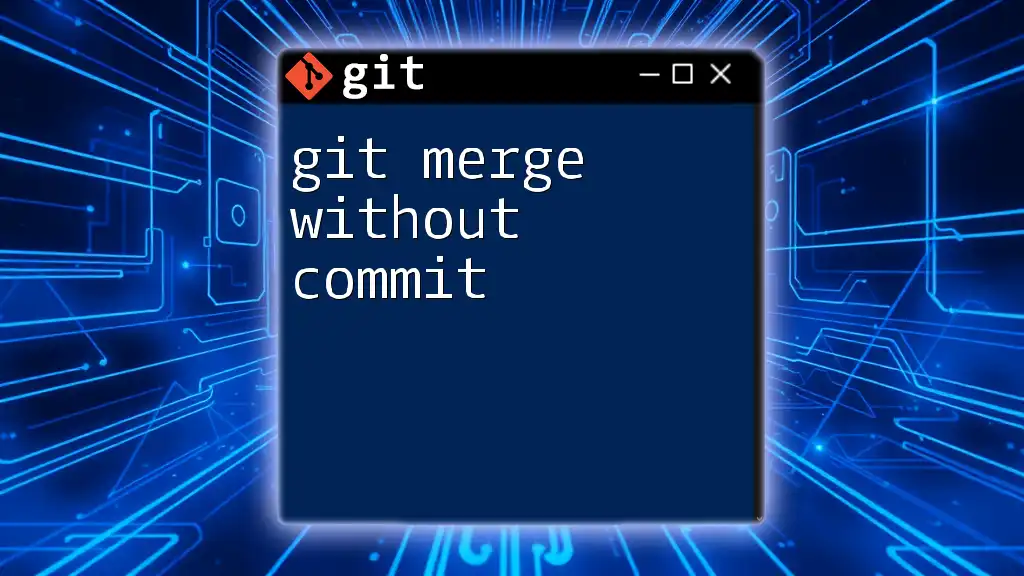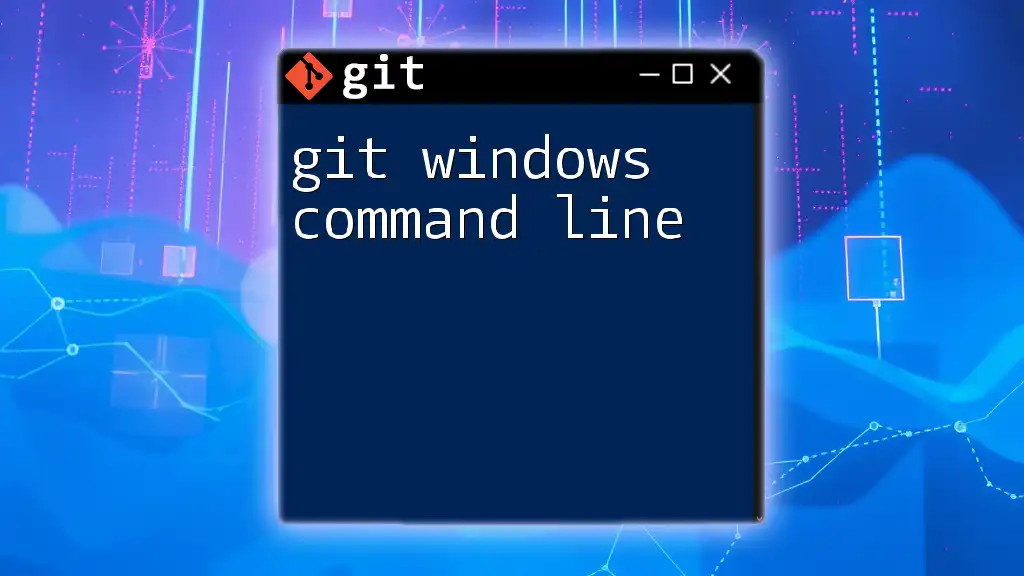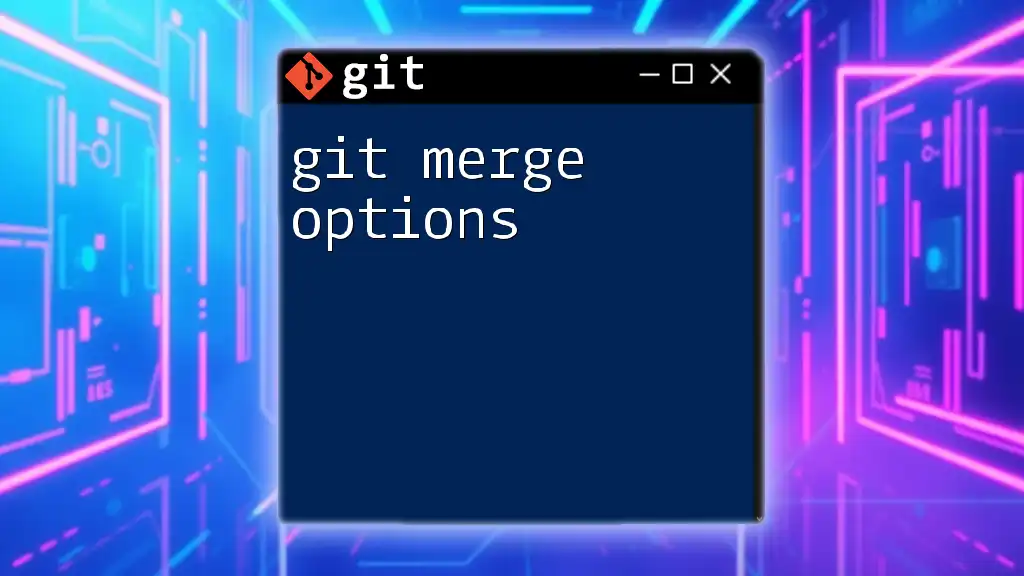A Git server on Windows allows users to host and manage their Git repositories locally, enabling collaborative version control for development projects.
git init --bare C:\path\to\your\git\repository.git
What is a Git Server?
A Git server is a dedicated space that allows developers to host their Git repositories, manage access, and facilitate the collaborative process of software development. Unlike local repositories, which reside on individual machines, a Git server serves as a centralized location for teams to share and collaborate on code.
Benefits of Using a Git Server
Using a Git server brings several advantages:
- Centralized Control: Control over your repositories, ensuring all changes come from a single source.
- Enhanced Collaboration: Multiple team members can work on the same project simultaneously without conflicts.
- Backup and Recovery: Protecting against data loss by serving as a backup for your source code.
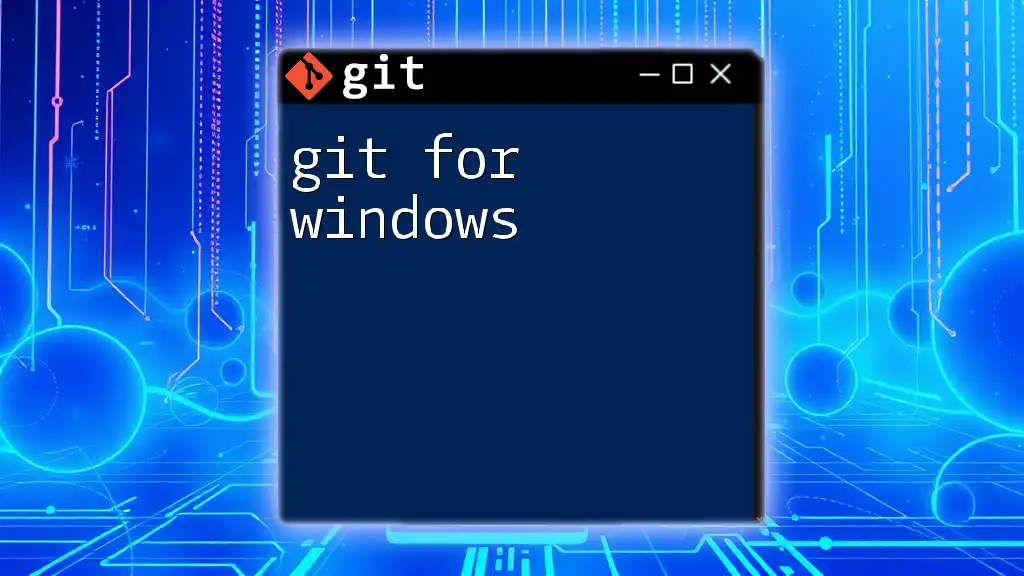
Setting Up a Git Server on Windows
Prerequisites
Before you dive into the setup, ensure that you have the following:
- Software Requirements: Download Git for Windows from the official website. If you plan to access your Git server over the web, you may also consider installing a web server like Apache or Nginx.
- System Requirements: You’ll need a Windows machine with adequate resources (CPU, RAM, and storage) to handle your anticipated load.
Step-by-Step Installation Guide
Download and Install Git for Windows
Start by downloading Git for Windows from the official Git SCM site. Follow the installation instructions to set it up on your machine.
Example Command:
winget install --id Git.Git -e --source winget
Configuring a Git Repository
Setting up a bare repository is essential for storing the code without working copies. Here's how to do it:
-
Create a directory for your Git server:
mkdir my-git-server cd my-git-server -
Initialize a bare Git repository:
git init --bare
This will create a new Git repository without a working directory, making it suitable as a server repository.
Setting Up SSH for Secure Access
Security is paramount when managing a Git server. Using SSH (Secure Shell) ensures that only authorized users can access the repository.
-
Generate SSH keys:
ssh-keygen -t rsa -b 4096 -C "your_email@example.com" -
The command prompts you to set a file location for the key, generally the default is suitable. You can add a passphrase for added security.
-
After generating the SSH key, you need to add the public key to your Git server’s authorized keys:
- Locate your public key in `~/.ssh/id_rsa.pub`.
- Append its content to `~/.ssh/authorized_keys` on the server to allow your user to authenticate without entering a password each time.
Configuring User Access
Properly managing user access is crucial to maintaining the integrity of your repositories. You can create user accounts on your server and assign permissions to allow or restrict access to specific repositories.
Adding Users
To add users, create corresponding accounts on your Windows machine. This can be done through the User Accounts settings in the Control Panel. Once you have your users, you can specify access rights using Git's permission settings.
Example of Configuring Access Rights
Configure user-specific settings by executing the following command in the repository:
git config --global user.name "Username"
git config --global user.email "user@example.com"
This allows Git to identify who made changes, which is essential for collaboration.
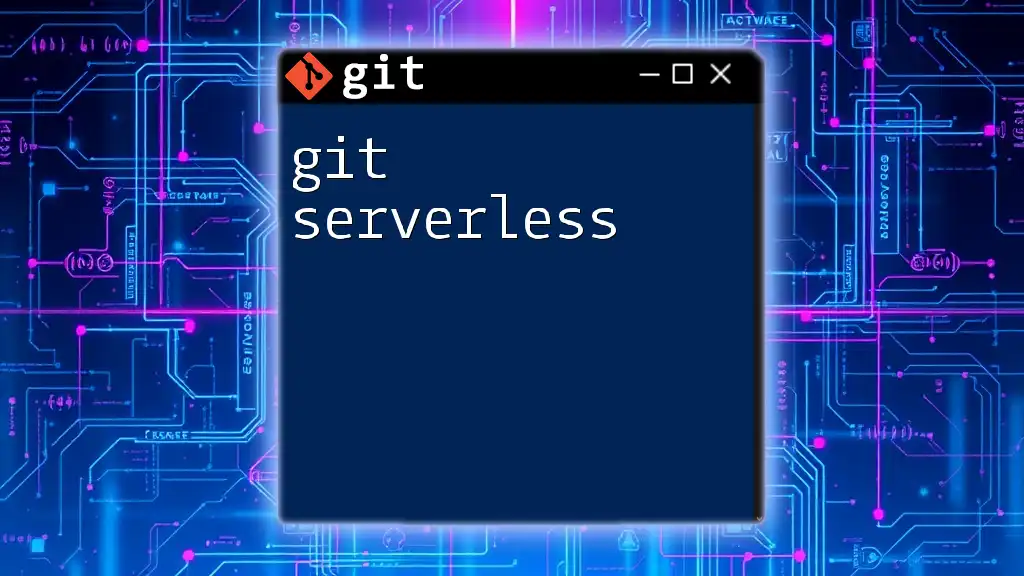
Managing Repositories
Creating a New Repository
To create a new repository from an existing project, follow these steps:
-
Navigate to your project directory:
cd my-project -
Initialize it as a Git repository and link it to the remote server:
git init git remote add origin ssh://git@yourserver.com:/path/to/my-repo.git
This setup links your local project to the remote repository on your Git server, making it ready for collaboration.
Cloning a Repository
Users can clone the repository by executing the following command:
git clone ssh://git@yourserver.com:/path/to/my-repo.git
This command allows them to create a local copy of the specified repository, enabling them to work on their changes offline before pushing updates back to the server.
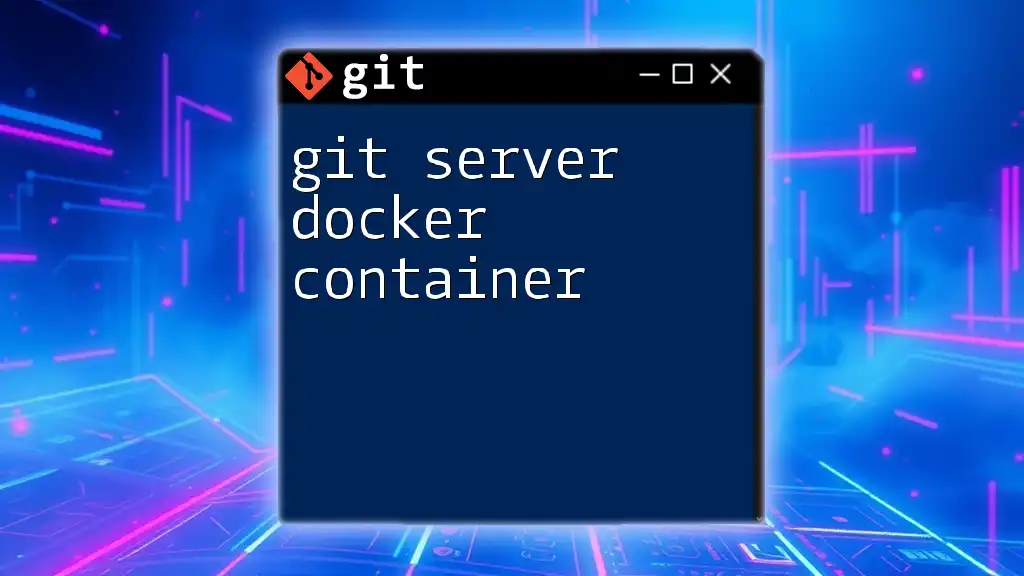
Git Server Maintenance
Regular Backups
It's crucial to maintain regular backups of your Git server to prevent data loss. Utilize automated scripts to perform nightly backups of your repositories. Consider using the following command:
git clone --mirror /path/to/your/repo /path/to/backup/location
This will create a mirror backup of the repository that captures all branches and tags.
Monitoring Usage
Monitoring server performance and usage is vital for maintaining a responsive and efficient environment. Consider using tools built into Windows or third-party applications that provide insights into server performance and user access.
Updating and Upgrading
To keep your Git installation and server environment updated, regularly check for updates on the official Git website and apply them as necessary. Keeping software up-to-date helps maintain security and stability.
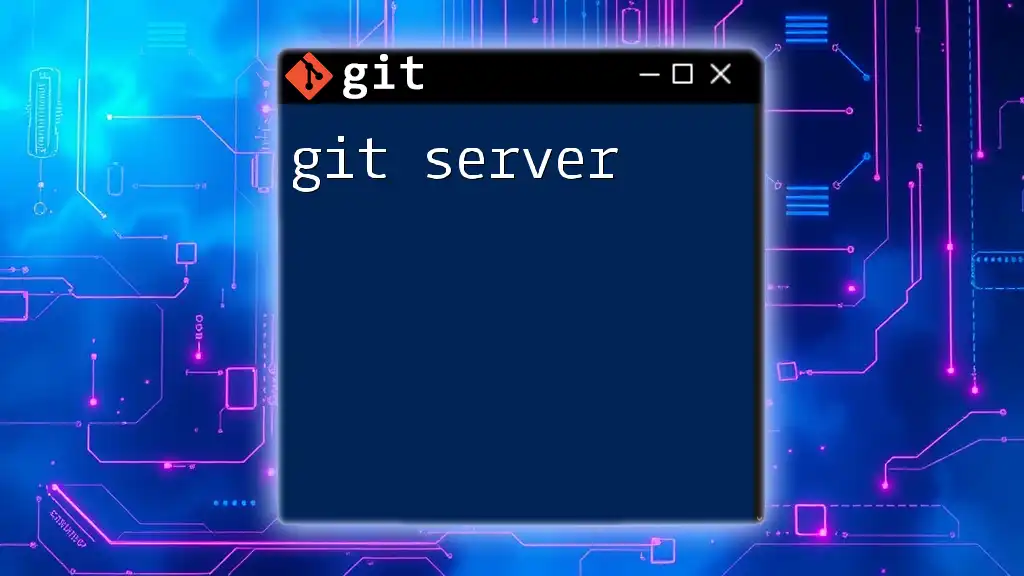
Tools and Alternatives
Git Server Hosting Options
There are several hosted solutions like GitHub, GitLab, and Bitbucket. These platforms offer a wealth of features including issue tracking, CI/CD pipelines, and community integration. They are excellent choices for teams looking to offload server maintenance.
Other Git Server Software for Windows
If you’re considering alternatives that run on Windows, look into self-hosted options like Gitea, GitLab CE, or Bitbucket Server. These solutions can provide additional features that may suit your project's specific needs.

Conclusion
Setting up a Git server on Windows offers a powerful way for teams to collaborate effectively on software development projects. By following the steps outlined in this guide, you can create a manageable and secure environment for version control, ensuring your code is well-organized and accessible.
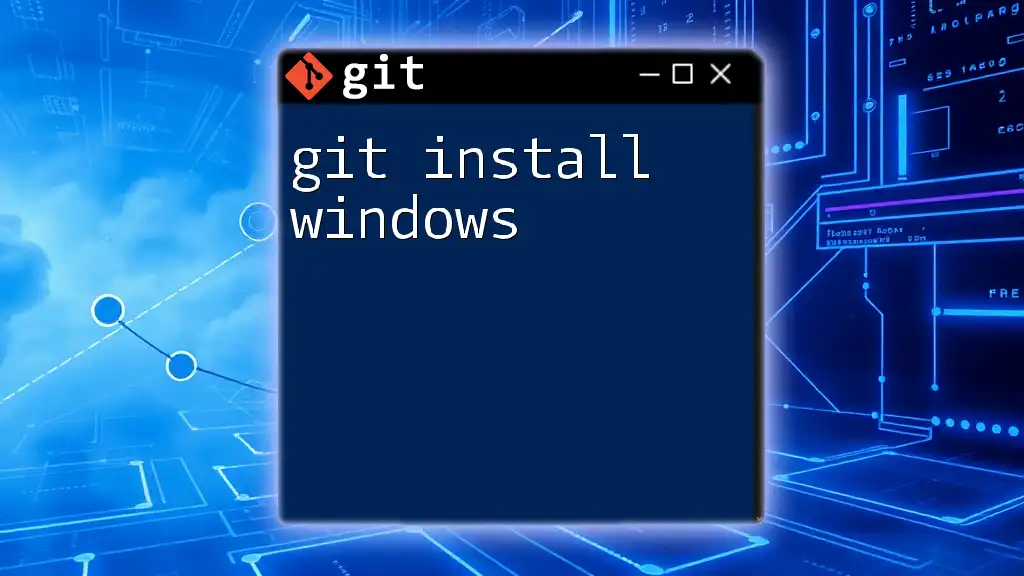
Additional Resources
For further exploration, refer to the official Git documentation, online communities, or forums where experienced Git users share their best practices and advanced techniques for mastering Git commands.

